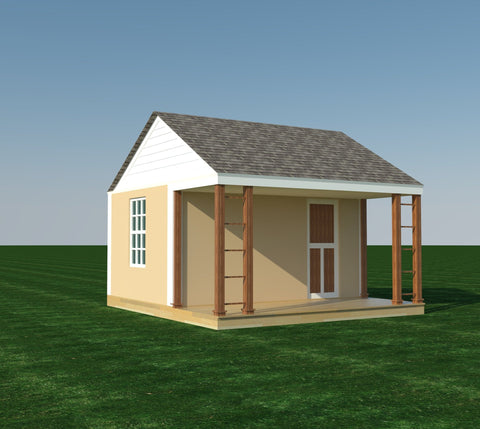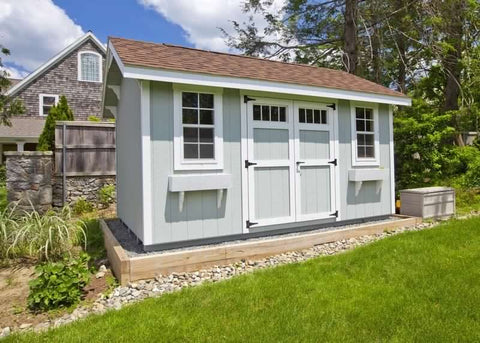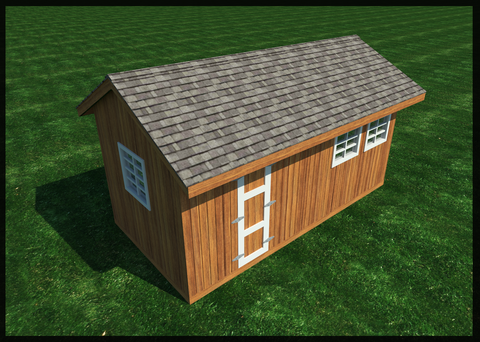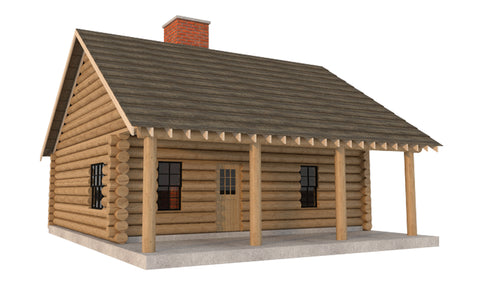Build Your Own Bomb Fallout Shelter Plans Cheap DIY Underground Bunker Safe
These DIY plans were developed to have a bomb / fallout shelter in your yard while looking aesthetically pleasing. It is designed so that it looks and functions as a great looking patio in your back yard. Follow the Cheap DIY Underground Bunker plans and you will have a protection factor of at least 40. It will fit 6 adults. It will measure 12’ 8” X 9’ 4”.
What is a Bomb Fallout Shelter?
You might be asking yourself, what exactly is a bomb fallout shelter, and whether you should build one for your home. Let's explore some of the myths about fallout shelters, their benefits, and the costs involved. We'll also address whether you should build one if you live in a high-risk area. Hopefully, this article has helped you answer those questions. In the meantime, you can learn more about this important preparation.
Myths about bomb fallout shelters
One of the most common myths about bomb fallout shelters is that they are unnecessary. In actuality, fallout is a form of radiation that is intangible, meaning that it cannot be seen or felt. It is, however, necessary to stay safe and in a shelter in case a nuclear war breaks out. Fortunately, the techniques for building fallout shelters have been proven to be effective in almost every nuclear nation.
It is possible to live underground during a nuclear war, but you will have to prepare for it, just like any other disaster. A bomb shelter is a good idea when you don't want to live underground. The world will be destroyed after a nuclear war. You'll either die in the nuclear holocaust or be saved. But you have to live underground! Fortunately, there are more modern and spacious shelters for civilians than you think.
Criteria for building a fallout shelter
When planning a bomb fallout shelter, consider four criteria to keep everyone safe. The shelter needs to be airtight, ideally a basement or middle floor of a tall building, and it needs to have sufficient floor space for fifty people. The space should also have a single entry hatch and an inward-opening emergency hatch. A well-designed bomb shelter should meet these criteria. This article will cover these criteria in more detail.
During an attack, you should pack water and food. You should have a small supply of dry food, ideally enough to last for a few weeks. You should also store trash cans, medical supplies, extra clothing, and a high-quality first-aid kit. If you are building a shelter in a basement, choose a room with concrete walls and one that is near the center of your house.
Cost of building a fallout shelter
While most people don't have the money to build a fully functional bomb fallout shelter, there are some things you can do to cut costs. One of the most important factors is the depth of the shelter. Although deeper shelters are safer, they can be more expensive. The reason for this is because a deep shelter needs a complex installation. But the advantages of building a deeper shelter can outweigh its costs.
First of all, you'll need to find the right location for your bunker. If you live in a rural area, the cost of renting or buying a property will be lower than building an underground bunker. Ideally, you should build a bunker in your backyard, but an isolated location might make it difficult to reach if a nuclear attack occurs. Make sure to stake out the area you want to build on, and then find a suitable location. If you can afford it, you'll need to have about half an acre or more of land for your bunker.
Whether you should build a fallout shelter if you live in a high-risk zone
If you're living in an area that's considered high-risk, you should consider building a fallout shelter. Although a fallout shelter may not be necessary if you live in a high-risk area, it's a good idea to stock your home with food and water in case of a nuclear disaster. You'll need enough food and water to survive several days. If you can, stock a large container of water. Small bottles can be wasted in a nuclear disaster.
If you live in an area where nuclear weapons are common, you may be able to find some shelters in public buildings. You can also look into public buildings and identify windowless areas of middle floors and basements. A few buildings may be designated as fallout shelters, as well as tunnels. While tunnels may seem less desirable, they are still a viable fallout shelter option.
All plans are designed by Ben Stone. Ben is a retired Engineer in Canada. Ben also drafts these himself using the latest AutoCAD software to ensure accuracy. He studied Engineering back in the early 1980's. After over 30 years in the Construction industry he developed a passion for building cool items around his farm and cabin. These are great DIY projects. With a little skill anybody can Do It Yourself. Ben is always a email away if you have any questions while building one of his projects. He is adding new plans all the time.










